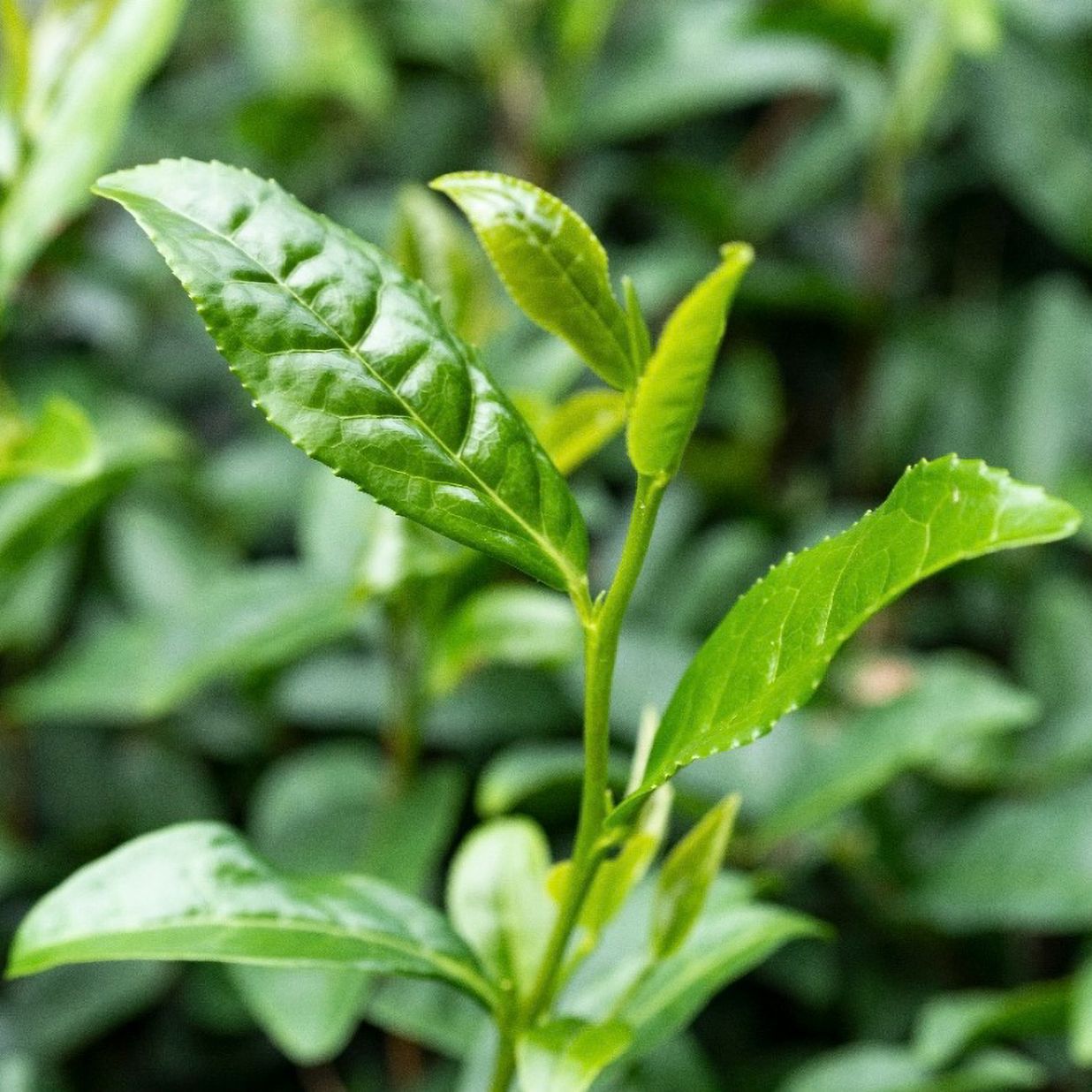YARROW HERB
Yarrow grows across Europe and northern Asia, extending as far north as the Arctic Circle. The resilient perennial endures throughout the year, remaining above the earth's surface even during winter. Its rich heritage in herbalism stretches back to Greek mythology, where yarrow finds mention as a plant used by Achilles. It is from this legend that it derives its Latin name, Achillea millefolium.
LADY'S MANTLE
Lady’s mantle (Alchemilla) belongs to the rose family (Rosaceae). Its species are found across Europe, Asia, and Africa, thriving particularly well in higher altitudes, with around 300 species present in Europe alone. Its name, Alchemilla, speaks for itself and hints at its magical qualities: Since ancient times, the droplets of water that appear on the inner surface of its leaves have been regarded as a healing remedy.
LEMON BALM
Lemon balm (Melissa officinalis) is originally a plant native to Southern Europe. Like many herbs from the south, it was first cultivated in monastic gardens and gradually spread across the whole of Europe. This perennial plant begins to sprout from the ground in March and can grow up to 70 cm tall by July, easily recognised by its distinctive fragrance. Due to its wide range of uses, it became a popular aromatic herb throughout Europe early on. In the Middle Ages, it was grown in every monastery garden, as it was considered especially valuable.
NETTLE LEAVES
The nettle (Urtica dioica, Urtica urens) deserves a place of honour among herbs. With around 70 species found across the globe (everywhere except Antarctica) it is hardy, undemanding, and remarkably effective. It thrives in close proximity to humans, and numerous butterfly species depend on it for survival. Already known in antiquity, nettle was believed to ward off evil.
GOLDENROD
Goldenrod (Solidaginis virgaureae) is an agricultural crop which has been recognised for its various uses for centuries. The introduction of goldenrod to Europe took place in the 17th century, and since then, it has thrived as an invasive neophyte in the sparse forests and dry woodland meadows of Europe and North America. This medicinal plant, which announces the end of summer with its vibrant yellow flowers, can also be used as a natural dye.
DEAD NETTLE
Dead nettle (Lamium) is a low-growing, herbaceous plant often found in gardens and woodlands, known for its nettle-like appearance but without the sting. Historically, dead nettle has been used in traditional medicine as a gentle remedy for wounds, cramps, digestive issues, and respiratory ailments, with white dead nettle (Lamium album) especially prized for its soothing properties. In folklore, it was sometimes believed to offer protection from evil spirits.
SAGE
Sage (Salvia officinalis) belongs to the mint family (Lamiaceae). It is found worldwide, except in Antarctica and Australia, and is one of the most species-rich genera among flowering plants. Valued by herbalists since ancient times, sage remains an indispensable part of both culinary traditions and herbal medicine.
MUGWORT
Mugwort (Artemisia vulgaris) belongs to the Artemisia family and is one of the oldest known herbs. Originally, Artemisia vulgaris (mugwort) comes from Central and Northern Europe and has since spread across the northern hemisphere. Its name was inspired by a Persian queen around 400 BC. In addition, the herb was also dedicated to the Greek goddess Artemis and the Egyptian goddess Isis.
GREEN OAT
Belonging to the Poaceae family, oat (Avena L.) is an annual grass which traces its origins back to the Middle East. Similar to numerous other cereal crops, it has been domesticated. Green oats come from premature oat plants, harvested before reaching full bloom. At this stage, oat is alkaline and contains an abundance of phytonutrients.
VANILLA BEAN
Despite being called vanilla "beans", they are actually fruits of the Vanilla planifolia orchid. Each vanilla bean contains thousands of tiny seeds and must undergo a meticulous curing process that includes blanching, sweating, and drying to develop its characteristic scent. The first known people to cultivate vanilla were the ancient Totonac civilization of present-day Mexico. They considered it to be a sacred herb, using it in various applications such as medicine, ritual offerings, and as fragrance in temples.

















